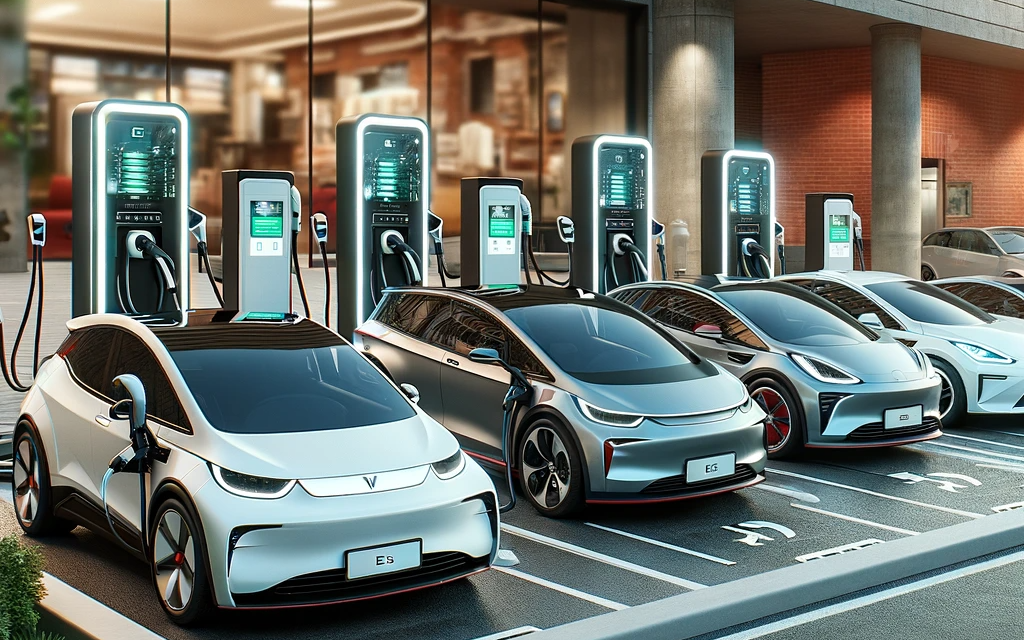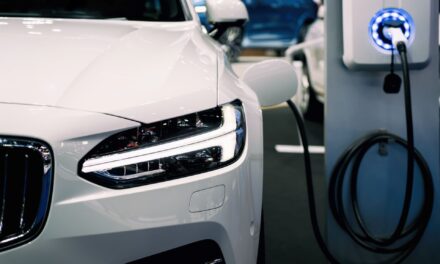In the realm of electric vehicles (EVs), range anxiety has long been the dominant concern among potential buyers. This fear stems from the concern that an EV won’t have sufficient battery range to reach a destination or a charging station, potentially leaving the driver stranded. However, as the EV market matures, a shift in perspective is emerging. Instead of range anxiety, prospective EV owners should be more mindful of charge anxiety — the availability and convenience of charging infrastructure. This article explores why charge anxiety is a more relevant concern and how it influences the EV ownership experience.
Understanding Charge Anxiety
Charge anxiety focuses on the availability, speed, and location of EV charging stations. Unlike range anxiety, which is largely contingent on the vehicle’s capabilities, charge anxiety is influenced by external factors such as infrastructure development and urban planning.
- Infrastructure Development: The expansion of charging networks is pivotal. While range is a fixed attribute of a vehicle, access to charging stations can significantly alleviate concerns about running out of power.
- Speed of Charging: Fast-charging technology is evolving, but the time it takes to recharge an EV can still be a deterrent, especially for long-distance travel or for drivers without home charging options.
- Location and Convenience: The geographical distribution of charging stations is uneven, with dense urban areas often better served than rural regions. This discrepancy can influence travel plans and the practicality of EV ownership in different areas.
Why Charge Anxiety Over Range Anxiety?
- Evolving Battery Technology: Modern EVs offer increasingly impressive ranges, often sufficient for daily commutes and typical driving needs. As battery technology continues to improve, range is becoming less of a limiting factor.
- Adapting Driving Habits: EV owners often adapt their driving habits to maximize range, such as driving at optimal speeds and utilizing regenerative braking. These adaptations further mitigate range anxiety.
- Predictable Daily Usage: For most drivers, daily travel is within the range capabilities of current EVs. Concerns about range are often based on infrequent long-distance trips rather than everyday use.
The Impact of Charge Anxiety
Charge anxiety can influence various aspects of the EV ownership experience:
- Vehicle Choice: Potential buyers might opt for models with faster charging capabilities or those compatible with more widespread charging networks.
- Travel Planning: Long-distance travel in an EV requires more planning, with routes often determined by the locations of charging stations.
- Home Charging: The ability to charge at home is a significant factor in alleviating charge anxiety, highlighting the need for infrastructure even in residential settings.
Addressing Charge Anxiety
To effectively address charge anxiety, concerted efforts from governments, manufacturers, and infrastructure developers are needed:
- Expanding Charging Networks: Investments in charging infrastructure, especially in underserved areas, are crucial.
- Promoting Fast Charging Technology: Advancements in fast charging should be a priority, reducing the time required to recharge significantly.
- Incorporating Charging Infrastructure in Urban Planning: Integrating EV charging stations into new and existing developments can make EV ownership more practical and appealing.
- Educating Consumers: Informing potential EV owners about the realities of charging infrastructure and how it impacts EV usage is essential for setting realistic expectations.
Conclusion
As the EV landscape evolves, the shift from range anxiety to charge anxiety reflects a maturing market where battery technology meets most drivers’ needs. The focus now turns to the infrastructure that supports these vehicles. Addressing charge anxiety through expanded and improved charging options will be key to furthering EV adoption and enhancing the ownership experience. This shift in perspective is not just about alleviating fears; it’s about embracing the future of sustainable transportation.






